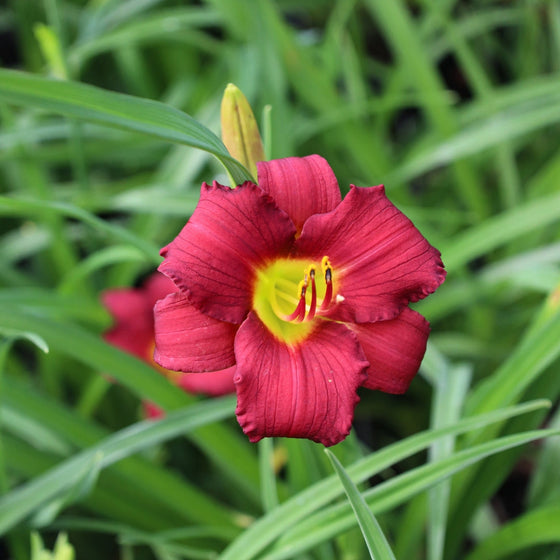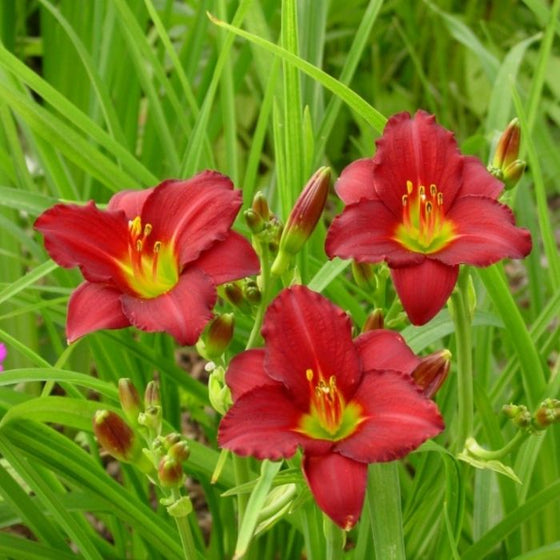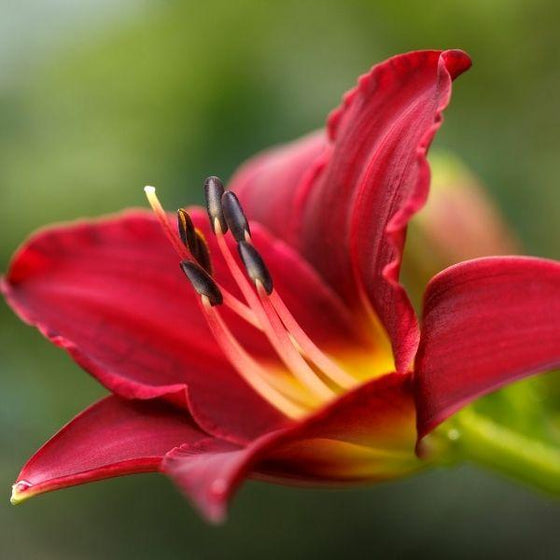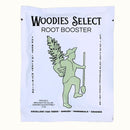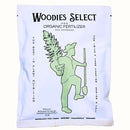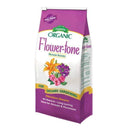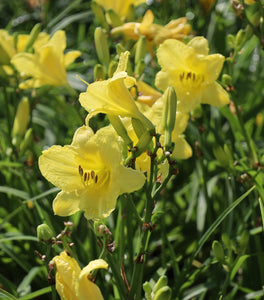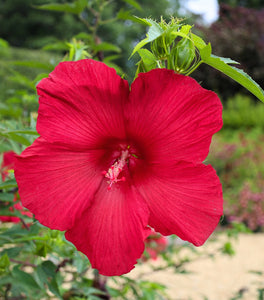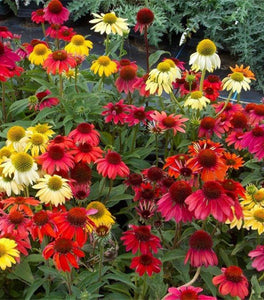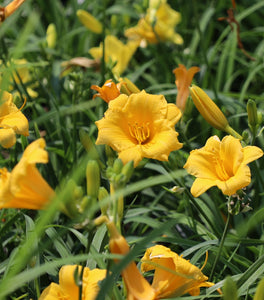
Images Depict Mature Plants
Pardon Me Daylily for Sale Online
Pardon Me Daylily is a vigorous cultivar that features 3-inch diameter bright red flowers with yellow-green throats. Flowers appear on stems that typically rise to 24 inches tall above a clump of arching, linear, blade-like leaves. Flowers are fragrant. Individual flowers open for one day. Blooms in late mid-season with a possible repeat bloom in autumn. The foliage is clump-forming, with long, narrow green leaves. The foliage provides great color and texture even after the lily is done blooming. The mildly fragrant blooms attract butterflies. This hardy perennial is a great choice for borders, edging, mass plantings, or containers.
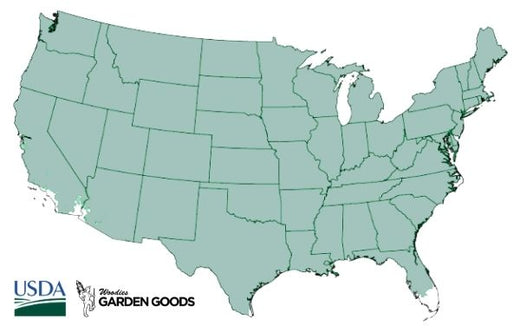
| Hardiness Zone: | 3-9 |
|---|---|
| Mature Height: | 15 to 20 inches |
| Mature Width: | 18 to 24 inches |
| Classification: | Perennial |
| Sunlight: | Full Sun |
| Habit: | Upright, clump forming |
| Flower Color: | Cranberry Red with Yellow Throat |
| Flowering Season: | Late June into August |
| Foliage: | Green |
| Soil Condition: | Prefers dry, average to sandy soil |
| Water Requirements: | Water well until established |
| Uses: | Extremely attractive when used as a focal point in the mixed border, mass planting. Attracts pollinators and hummingbirds |
How to Care for Pardon Me Daylily
Be sure to read our planting instructions to ensure a healthy and happy plant for years to come!

